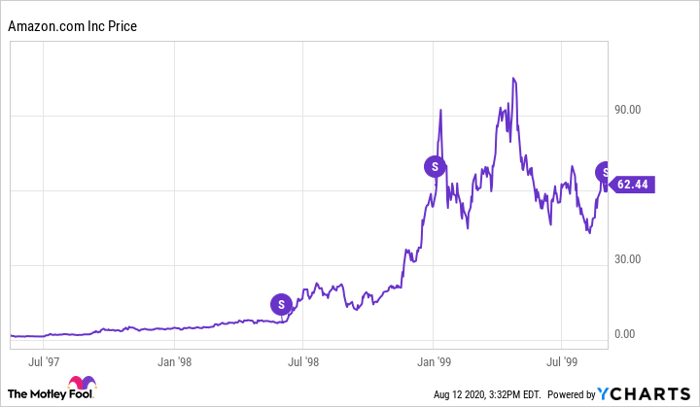
Aussie gold miner Evolution Mining Ltd‘s (ASX: EVN) share price could be on the move today after a strong full-year result.
What did Evolution Mining announce?
It was a bumper FY20 result for the Aussie gold miner headlined by a record underlying net profit after tax (NPAT) result of $405.4 million.
Statutory NPAT jumped 38% to $301.6 million while earnings before interest, tax, depreciation and amortisation (EBITDA) surged 41% to $1,029.4 million.
Evolution Mining’s EBITDA margin jumped 10% higher from FY19 while group cash flow rocketed 86% to $541.8 million.
Those strong earnings numbers were underpinned by an increase in revenues and royalties. FY20 gold production totalled 746,463 ounces, up from 753,001 ounces in FY19.
The group’s all-in sustaining cost (AISC) came in at A$1,043 (US$700) per ounce – among the lowest gold producers in the world.
Soaring commodities prices and increased volumes were also evident in the company’s bottom line.
Evolution Mining delivered strong margins from many of its major producing mines. That saw the gold miner report record new mine cash flow up 48% to $736 million for the year.
Margins were also strong on a per ounce basis, with group cash flow climbing 88% compared to a 29% increase in gold prices.
What about the company’s dividend?
The Evolution Mining share price is worth watching today after also reporting a 50% jump in its final dividend. The Aussie gold miner will pay a final distribution of 9.0 cents per share, fully franked.
Earnings per share rocketed 84% higher to 23.8 cents per share. Evolution Mining shares closed at $5.54 on Wednesday afternoon.
That implies a price to earnings (P/E) ratio of 23.3 and a dividend yield of 1.6% per annum.
FY21 guidance
Many ASX companies have been unable or unwilling to provide FY21 guidance in the current market.
Group production is anticipated to be 670,000 to 730,000 in FY21 with an AISC of 1,240 to 1,300 per ounce.
However, Evolution has forecast a declining cost profile over the next 3 years. The gold miner sees AISC falling to $1,125 to $1,185 per ounce by FY23.
On the production side, Evolution is forecasting a steady increase to 790,000 to 850,000 ounces by FY23.
This is all part of the miner’s strategy to have a portfolio of 6 to 8 assets “generating superior returns with an average mine life of at least 10 years”.
One of those is the Red Lake Mineral Resource in Ontario, Canada. Evolution Mining today said it estimated 48.08 million tonnes, grading at 7.10 grams per tonne from the site.
That would provide an estimated 11.0 million ounces of gold which is significantly higher than what was estimated and used as justification for the acquisition.
That’s another reason why I’d be watching the Evolution Mining share price in early trade today.
Foolish takeaway
Evolution Mining shares could be on the move in early trade. Today’s record result, targeted guidance and Red Lake update is sure to pique investors’ interest.
These 3 stocks could be the next big movers in 2020
When investing expert Scott Phillips has a stock tip, it can pay to listen. After all, the flagship Motley Fool Share Advisor newsletter he has run for more than eight years has provided thousands of paying members with stock picks that have doubled, tripled or even more.*
In this FREE STOCK REPORT, Scott just revealed what he believes are the 3 ASX stocks for the post COVID world that investors should buy right now while they still can. These stocks are trading at dirt-cheap prices and Scott thinks these could really go gangbusters as we move into ‘the new normal’.
Find out the names of our 3 Post COVID Stocks – For FREE!
*Returns as of 6/8/2020
More reading
- ASX gold miners on watch after gold price crashes lower
- 5 things to watch on the ASX 200 on Tuesday
- Gold price tops US$2,000: What’s driving it higher and how can you benefit?
- ASX 200 Weekly Wrap: Surging commodity prices snap ASX 200’s losing streak
- 5 things to watch on the ASX 200 on Friday
Motley Fool contributor Ken Hall has no position in any of the stocks mentioned. The Motley Fool Australia has no position in any of the stocks mentioned. We Fools may not all hold the same opinions, but we all believe that considering a diverse range of insights makes us better investors. The Motley Fool has a disclosure policy. This article contains general investment advice only (under AFSL 400691). Authorised by Scott Phillips.
The post Evolution Mining shares on watch as underlying profit jumps 86% appeared first on Motley Fool Australia.
from Motley Fool Australia https://ift.tt/3gTyPmG









